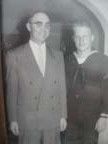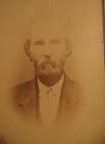
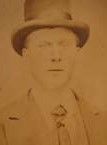
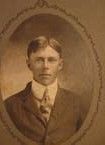


Loyd Charles
and Norman are
brothers.

It is quite unexpected for a cemetery in central Iowa as small as Pleasant Grove to have a male representative of each of seven consecutive generations of one family buried within. There are also brothers and sisters and wives of these four older fellows. One exception is Sarah, wife of William Swayze, who is buried in Ames because she felt that “Pleasant Grove will some day turn into a weed patch and, by golly, I don't want to be laying in a weed patch!”
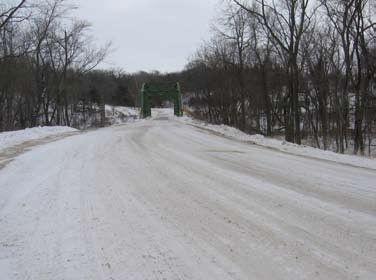
In an Atlas published in the early twentieth century, a brief history is given of the financial problems encountered by the early settlers. The financial panic of 1856-'57 added to the problems of the settlers of Story County. Money became almost unknown as a medium of exchange for a long time. The paper currency, of which a few of the later arrivals had a very small amount, became worthless, only gold and silver would purchase goods. A notable exception was the bill of the "Bank of Nebraska" commonly called by many as "Red Dog" money. Occasionally a bill on the "State Bank of Indiana" would be seen and every loyal Hoosier "religiously" believed it was a little safer than a government bond. Edit:"Red dog" money, as a term, (or yellow dog money) came into general use as describing depreciated notes (often up to 60%) issued by other states and by banks in states other than Indiana.
Ol' Milford Farmer say: Good judgment comes from experience, and a lotta that comes from bad judgment.
